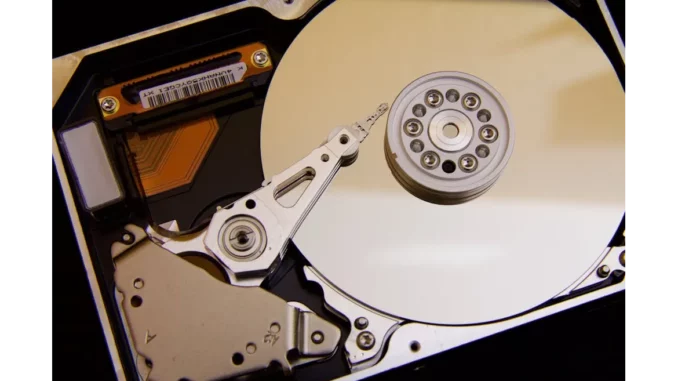
In the ever-evolving world of data management, network-attached storage (NAS) systems play a pivotal role in ensuring the seamless handling and security of information. I recently had the pleasure of speaking with Martin Hughes, a seasoned IT specialist with over a decade of experience managing enterprise data systems, about his insights and experiences with Hitachi NAS. Our conversation revolved around best practices, particularly focusing on the often intricate revert operation. It was an enriching dialogue that offered a wealth of practical advice for IT professionals looking to optimise their use of Hitachi NAS.
Martin began by shedding light on the fundamental nature of the revert operation within Hitachi NAS. “One of the most critical things to understand,” he explained, “is that the revert operation is applied to the entire file system. This is because snapshots, which are essentially point-in-time representations of your data, are taken at the file system level.”
This was a crucial point, as Martin emphasised that many users often overlook this aspect, leading to unintended consequences. “For instance,” he continued, “if you’re running a backup operation on a specific subdirectory, it’s easy to assume that the revert operation will only affect that particular segment. However, because snapshots are file system-wide, the revert will impact the entire file system, including other subdirectories that weren’t part of your initial backup operation.”
Martin’s insights highlighted the importance of strategic planning and thorough understanding before executing a revert operation. “You have to be meticulous in your preparation,” he advised. “Ensure that you have clear documentation and a robust plan in place. It’s about understanding the ripple effect that a revert can have across your file system.”
Another critical consideration Martin brought to the forefront was the configuration of the Hitachi NAS file server REST API. “The revert operation is not supported if your REST API is set to ‘native’ mode,” he noted. “To successfully execute a revert operation, you need to switch the file server REST API to ‘legacy’ mode.”
This requirement, Martin explained, is an often-overlooked detail that can lead to unnecessary headaches if not properly addressed. “It’s one of those things that’s easy to miss if you’re not familiar with the system’s intricacies,” he said. “But once you know, it becomes a straightforward part of your preparation process.”
Beyond the technicalities, Martin also stressed the importance of communication and collaboration within IT teams. “The revert operation is a significant undertaking,” he pointed out. “Having open lines of communication with your team is vital. Everyone involved needs to be on the same page regarding the potential impacts and the steps involved.”
He shared an anecdote from his own experience where a lack of communication led to an unexpected data revert, which affected several departments. “It was a learning moment for us,” Martin admitted. “Since then, we’ve implemented more structured communication protocols, ensuring that all stakeholders are informed and aligned before any major operation.”
As our conversation drew to a close, Martin offered some final words of advice for those new to managing Hitachi NAS systems. “Take the time to understand the system’s architecture and how the various operations interact with each other,” he recommended. “And don’t hesitate to reach out to peers or community forums. There’s a wealth of knowledge out there from people who’ve been in your shoes.”
In recounting Martin Hughes’ experiences with Hitachi NAS, it’s clear that while the system offers robust capabilities, it also demands a nuanced understanding of its operations. By adhering to best practices and maintaining a proactive approach to communication and planning, IT professionals can effectively navigate the complexities of Hitachi NAS and ensure the integrity and efficiency of their data management practices.
It was an enlightening discussion, and one that undoubtedly holds valuable insights for anyone looking to optimise their use of Hitachi NAS in their data management strategy.
By Lilianna Stolarz

